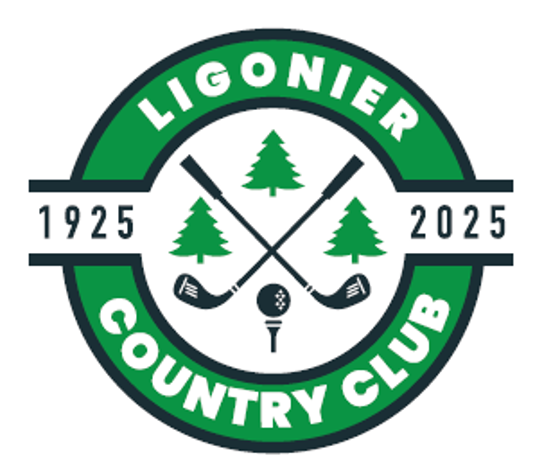Our History
Our History
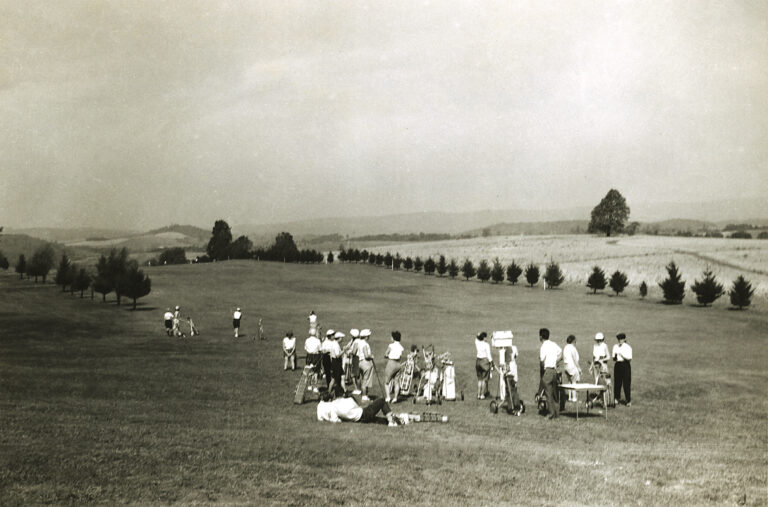
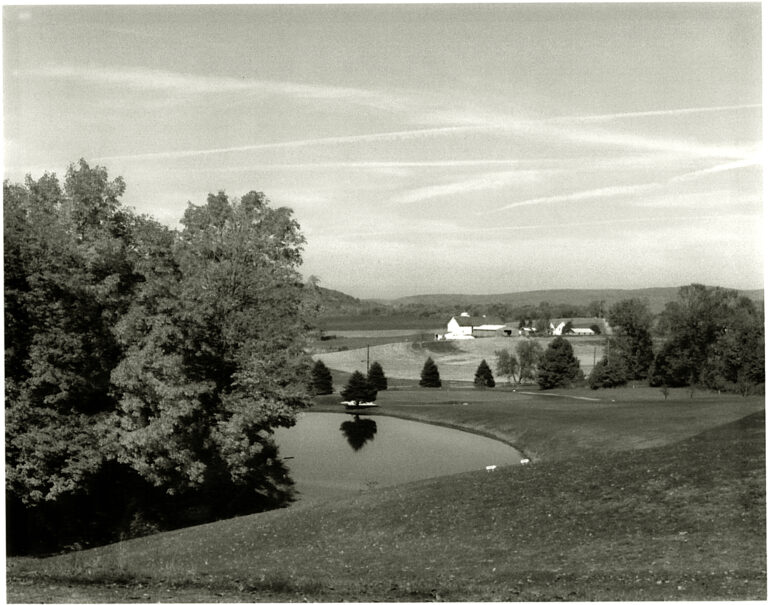
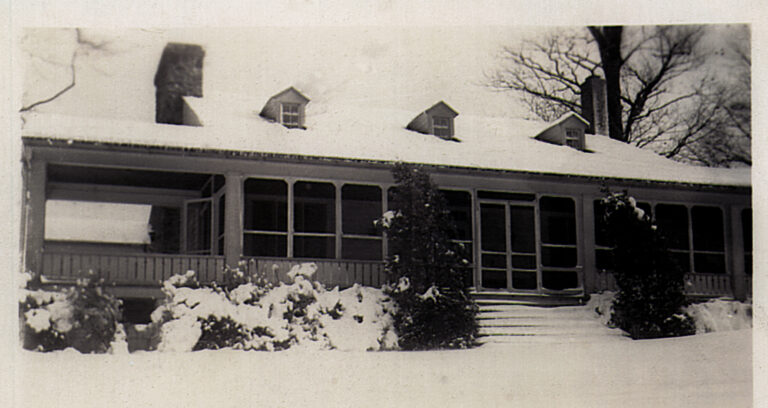
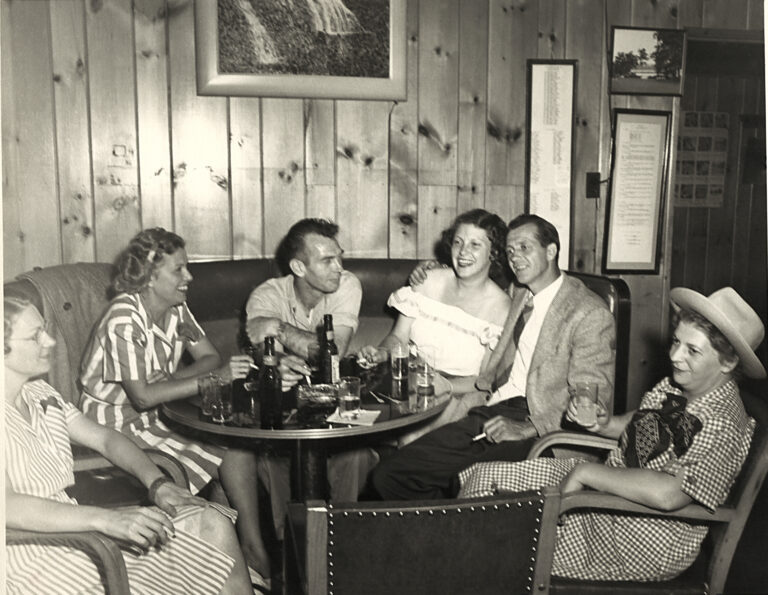
The land on which Ligonier Country Club stands was recorded in the name of John Brant in 1786. In October 1924, Paul Brant sold the property to Ligonier Country Club.
With the recording of its charter at Westmoreland County Courthouse in December 1925, the club was established. Its purpose was to encourage outdoor sports, particularly golf. A nine-member Board of Governors, all Ligonier residents, signed the original charter. These board members were: Dr. J. W. Barkley, President; E. C. Ramsey, Vice President; E. Craig McKelvey, Secretary/Treasurer; S. S. Brownfield; Rankin S. Keffer; Jacob Peterson; G. C. Frank; and H. S. Lohr. This document currently hangs at the intersection of the three dining rooms.
Play on the course began in 1927 with the completion of nine holes—now the back nine. The Brant family farmhouse, directly across from our current #12 white tee, served as the first clubhouse. Number 12 was then #1. A barn behind #6 was used for storage and a work shed. When it burned down, it was replaced with the current maintenance shop.
When the original course opened, each tee had a box of sand and bucket of water for use in teeing up the ball. Wooden tees were invented in 1920, but did not reach LCC until the 1930s. There were two tee-boxes—one for the first nine and one for the second. Ducky Marker, a member, and the Boy Scouts planted all the pine trees.
In the early 1930s a clubhouse was built on the site where the present clubhouse now stands. At that time dues were $20.00 per year and green fees were $1.50 for nine holes. The clubhouse has been added to and redone many times, including the addition of a basement and a second floor. The most recent renovations were completed in 1992. Twice over the years the clubhouse included an apartment. It housed the golf pro Danny Okeefe and his wife Flossie from 1943-1948. Flossie used the club kitchen to make sandwiches, potato salad, etc. for the members. In 1949 a different apartment housed Stewart and Eileen Herd. Stewart was the greenskeeper and custodian. The apartment is now part of the current office.
The land across Route 711, where the farmhouse stood, was sold to Dean Chrisner in 1935 for $3500.00. The club was near bankruptcy during the depression and the sale was a necessity. But thirty years later, more land was purchased and the second nine holes were built in 1965. The course architect was Zen Hassenplug.
Over the years the pro shop has been housed under the porch, in the basement, and in the club storage area. In 1937, Robert Cairns and Benny Richey sold clubs, balls, and sandwiches. Rankin Keffer, a board member at the time, ran the pro shop for a year until a pro was hired. The last pro shop was built in 1967 and was located beside the 18th green and above the 10th tee; the halfway house was in its lower part and the new half-way house sits in about the same place. The present pro shop was built in 2002 and the adjacent cart barn now houses a fleet of 72 carts.
In the fall of 2016 a new outdoor facility project was initiated. Including an outdoor pavilion with kitchen and wood-fired pizza oven, a patio area overlooking #18 green, and a bocce court, this area issued in a new era for the club, providing the outdoor experience that many new members had requested.
Ligonier Country Club has grown and evolved over the 100 years of operation. It’s remained through low times and high; it’s experienced many changes, but one constant remains: here, you’ll always find great people.
Request More Membership Info
Still have questions? Complete this form to contact our Membership Director today.
